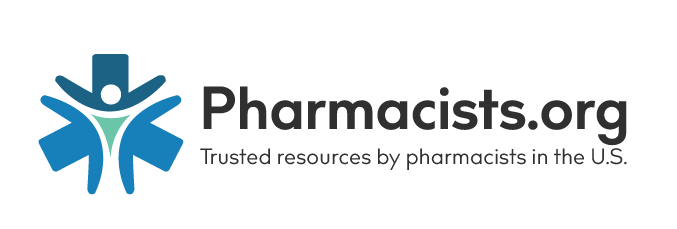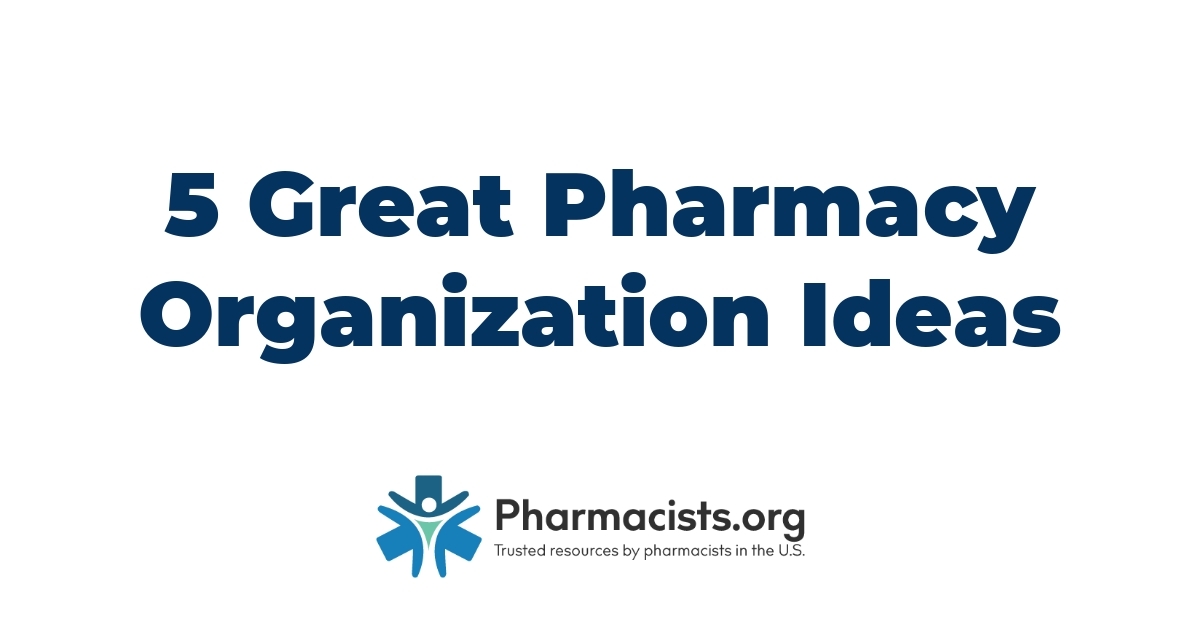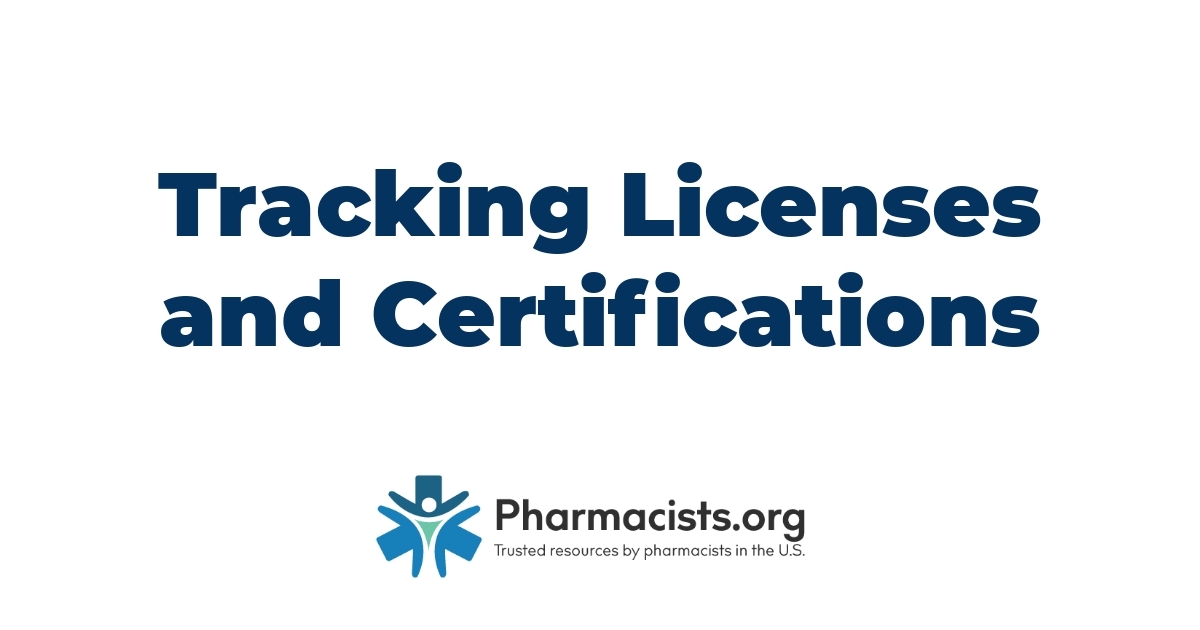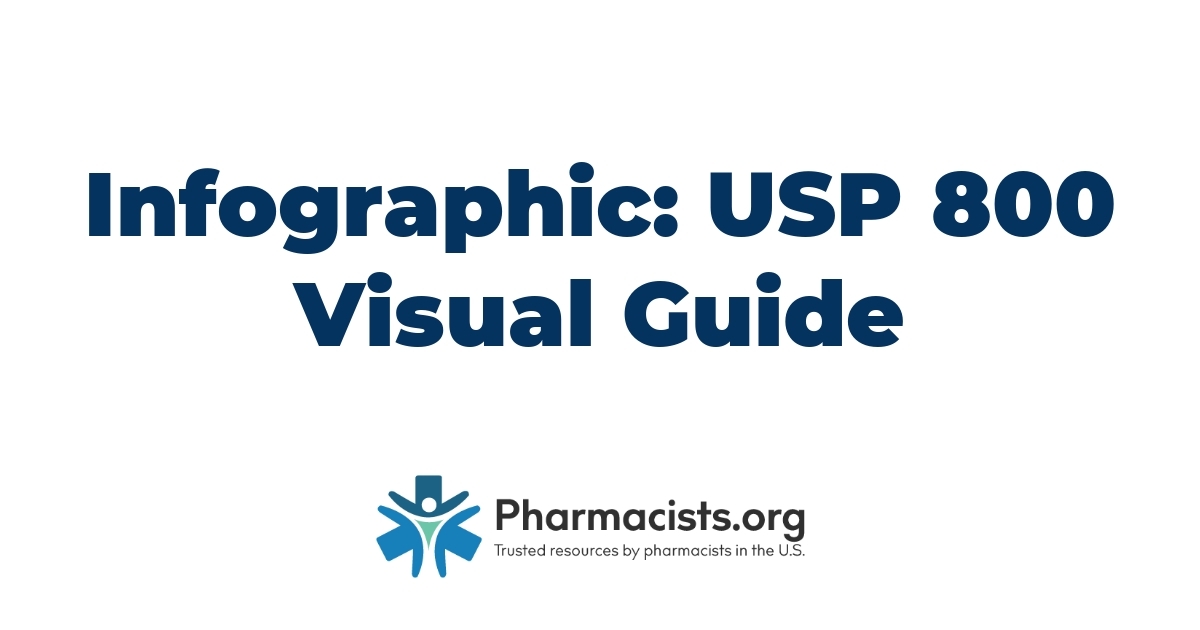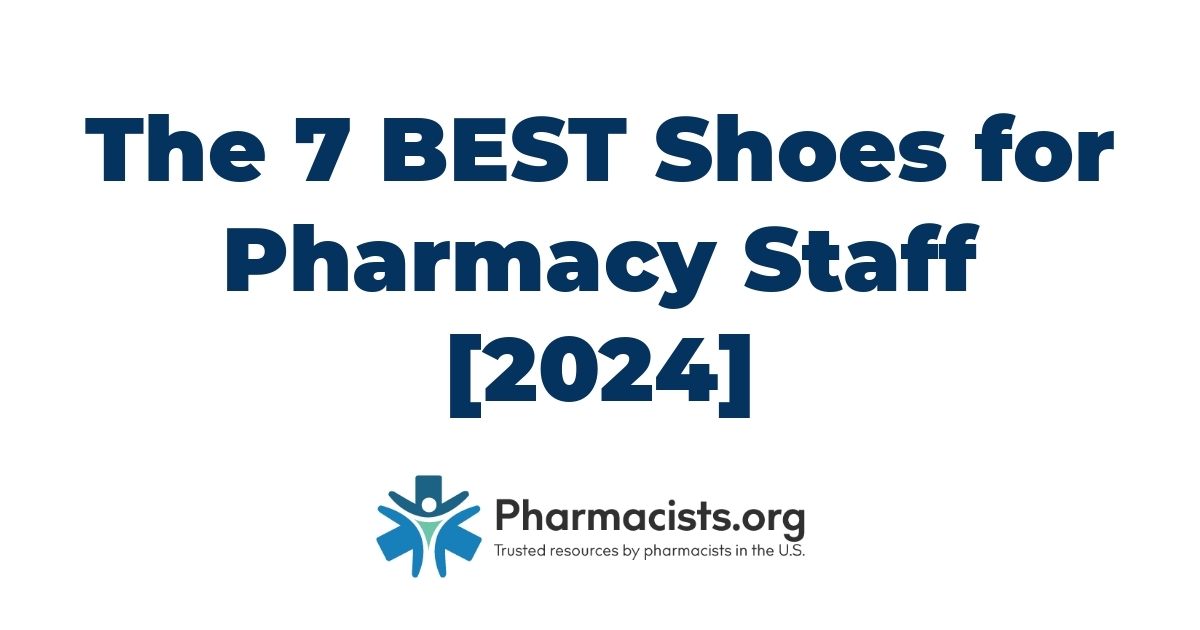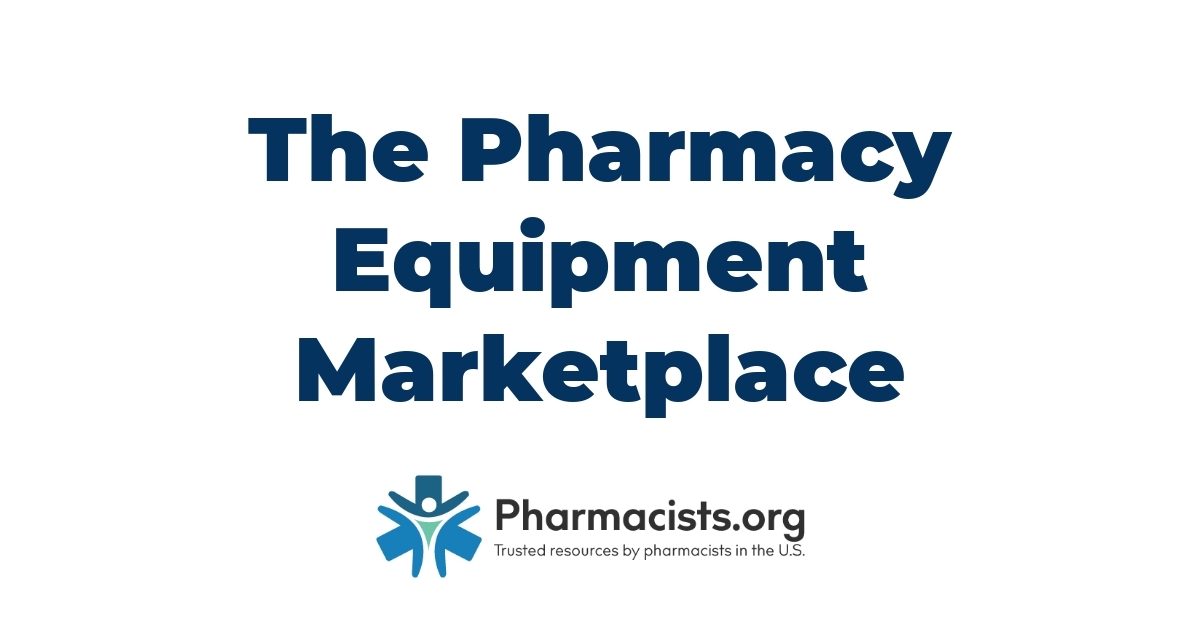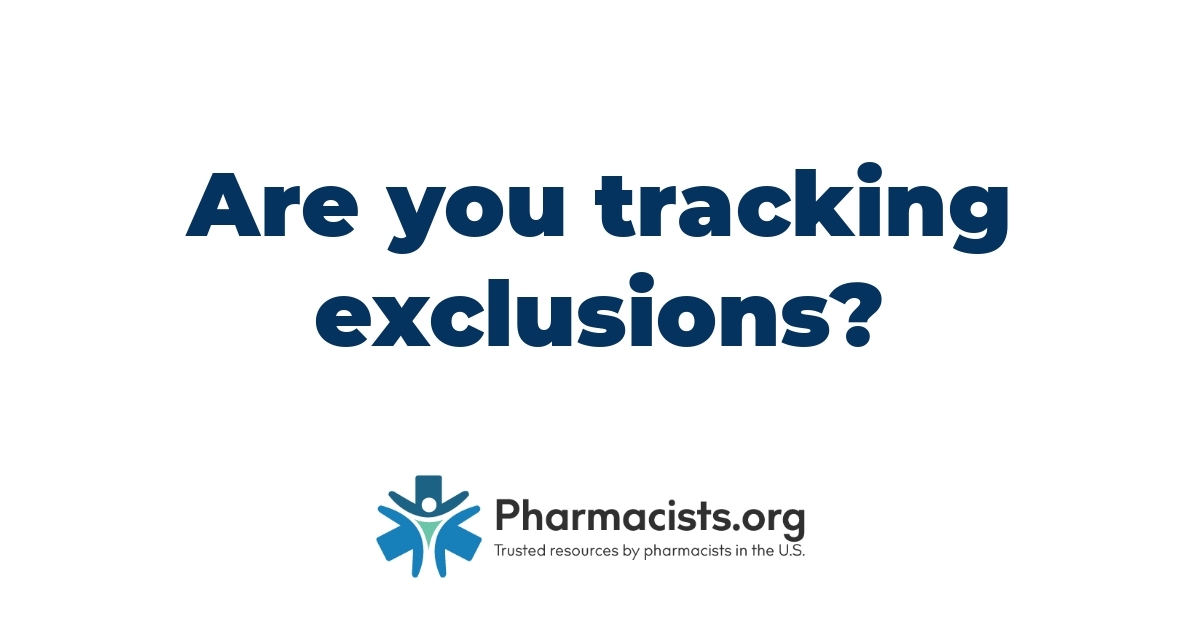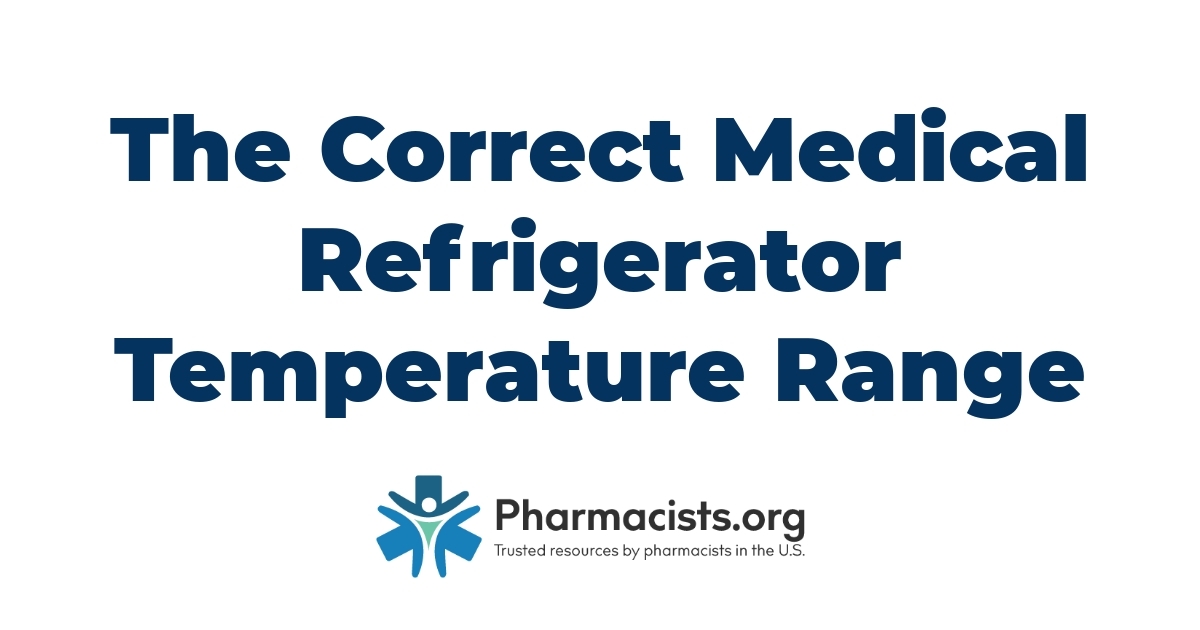The Resource Conservation and Recovery Act (RCRA) governs the disposal of solid and hazardous waste, and under RCRA pharmacies are considered hazardous waste generators.
For a very long time, though, there were not clear guidelines in place from the EPA for healthcare facilities and instead healthcare facilities were lumped in with everyone else as Very Small Quantity Generators (VSQGs).
Thankfully, in 2018 (and published in the Federal Register in 2019) the EPA clarified how it intended to regulate healthcare facilities under RCRA. The Hazardous Waste Pharmaceutical and Amendment to the Nicotine (P075) Listing Rule was a godsend for healthcare facilities trying to apply laws intended for factories and other traditional waste generators to avoid being next in line for the slew of fines issued by the EPA against healthcare facilities.
In this article, we’ll talk about the major provisions of this rule. It is officially known as “Part 266, Subpart P,” so if you’re reading up on it you’ll see that too.
Amendment to the Nicotine Listing
Thankfully, the EPA ruled that OTC nicotine products were not classified as P075 hazardous waste under RCRA and can be discarded as non-hazardous (solid) waste.
This change does not apply to liquid forms of nicotine, though, including e-cigarettes and the Nicotrol inhaler. Those items must still be disposed of as P075 hazardous waste.
The Empty Bottle Problem
For a long time, pharmacies also had to treat empty medicine bottles that once held hazardous waste pharmaceuticals as hazardous waste. I still remember working for a chain that implemented procedures for this (prior to this rule, so they absolutely did the right thing!) and we had to individually wrap each bottle in plastic wrap, put them in a plastic tote, and wait for someone to come pick them up (who, since I was working in Hawaii, probably had to take a gas-guzzling plane to get to me). For practical purposes that meant every warfarin bottle.
It really felt like the EPA was having the opposite of the intended effect.
Thankfully, the EPA came up with all sorts of reasons why they can now consider a container to be “RCRA empty” if the bottle is just empty. See slide 62 of the EPA webinar for other dosage forms (IV bags and syringes). Simplifying this issue will have perhaps the biggest effect on pharmacies of anything they came up with in the new rule.
Reverse Distribution vs. Reverse Logistics
This difference in terminology might not make an immediate difference in your pharmacy, but basically the EPA considers reverse distribution to be any substance that is likely going to be disposed of, while reverse logistics applies to products that might be reused or resold.
An important point to note is that the EPA only applied reverse logistics to OTC products, dietary supplements, or homeopathic products. All prescription products automatically fall under reverse distribution.
The point is this – if the product can fall under Reverse Logistics, it is not solid waste and therefore is not regulated under RCRA
Categories of Hazardous Waste Pharmaceuticals
A hazardous waste is a pharmaceutical waste (as defined under RCRA) that is either listed on one of the EPA’s hazardous waste lists or exhibits characteristics of those hazardous wastes. This site has a good explanation and the lists.
There are now three categories of hazardous waste pharmaceuticals under this rule:
- Non-creditable
- Potentially creditable
- Evaluated
Non-creditable and potentially creditable are self-explanatory and follow standard business practices, with non-creditable being waste (broken tabs, expired, etc) and potentially creditable being items that might possibly be returned to the distributor for credit.
Evaluated HW pharmaceuticals just applies to potentially creditable meds after they have been evaluated to confirm whether or not they are creditable. After that point, the medicine would move into one of those two categories.
All non-creditable hazardous wastes must go to a Treatment, Storage, and Disposal Facility (TSDF). This site will help you in finding one.
Sewer Prohibition
I was a little shocked to see it in the presentation, but apparently it took a new rule to prohibit the intentional dumping of pharmaceuticals in the sewer system. I’m not going to get hung up on this – don’t do it!
So what do I have to do?
I’m glad you asked. Outside of going through the EPA webinar yourself and getting familiar with the new rule, here are some tips and actions you can take to be sure you’re compliant:
- Train your staff: The webinar specifically discusses the need for training to ensure all staff understand how to handle non-creditable hazardous waste generated at the pharmacy.
- Label your waste: You don’t need to separate hazardous and non-hazardous (solid) waste, but you do need to label the common container clearly. The EPA says “Hazardous Waste Pharmaceuticals,” so it’s probably best to just use their exact wording.
- Notify the EPA: If you intend to operate under this rule and not get lumped into a VSGQ, you have to let the EPA know. It only needs to be done once. You can notify them using this form.
- Get a vendor: Regardless, you’re going to need a company to haul away your waste. I highly recommend getting a vendor that can provide you with a total compliance solution and help you get set up, understand what you have to do, provide the waste containers and shipping manifests, and keep up with changing laws.
- Help out with the waste problem: While going through this complex rule, remember the purpose is to protect the environment, your water supply, and the community’s health. Don’t forget common sense (dumping meds in the sewer is obviously a horrible thing for the environment, for example) and play a role in this mission. A medicine take back program is a great way to ensure medicines that have already been dispensed get disposed of properly (and don’t end up in the wrong hands).
I am a pharmacist, community pharmacy consultant, and medical writer with over 12 years of clinical practice experience in community, outpatient health system, long term care, and academic settings. I am also the founder of PharmCompliance.com, a website dedicated to the success of community pharmacy.
As a pharmacy project manager, I led the implementation of new service lines, assist with ensuring legal and third-party compliance for over 70 retail stores, lead quality improvement and medication safety initiatives, write policies, procedures, and best practices for all our retail sites, and help with optimizing revenue cycle and pharmacy profitability. I have been responsible for DMEPOS and vaccine accreditation through CMS, obtaining new licenses and permits, and implementing a prescription drug kiosk embedded in our physician offices.
As a medical writer, my work has been featured in GoodRx, Pharmacy Times, Drug Topics, Patient Care Online, and in peer-reviewed journals. I have also given presentations on a range of topics, from disease state pharmacotherapy for medical residents to updates on the CDC vaccine storage and handling guidelines for a medical-grade refrigerator and freezer manufacturer. I have written and presented continuing education for CEImpact, FreeCE, AchieveCE, Ascension Health, and the Florida Department of Health.
